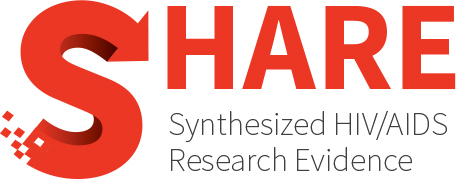HIV prevention product acceptability and preference among women in Sub-Saharan Africa to inform novel biomedical options in development: A systematic review
Abstract
The availability of several HIV prevention options may allow women to choose a product that suits their lifestyle and preferences. Product attributes and contextual factors influence product acceptability, which affects uptake and effective use. We conducted a systematic review of acceptability and preference for biomedical HIV prevention products among women in sub-Saharan Africa (SSA) to inform the development of novel products. We used a comprehensive strategy to search three databases for peer-reviewed literature from SSA published between January 2015 and December 2023. A two-stage review process assessed references against eligibility criteria. Data were abstracted using a standardized spreadsheet, then organized by constructs from two theoretical frameworks of acceptability. Results were synthesized based on product classes defined by route of administration. We identified 408 unique references; 100 references met eligibility criteria. References assessed oral PrEP (n = 65), vaginal ring (n = 44), long-acting systemic products (injectable, implant, microarray patch) (n = 28), and other vaginal products (film, insert, gel) (n = 20). Over two-thirds reported qualitative or mixed-methods data, primarily from adolescent girls and young women. Frequent dosing, especially noted for daily oral PrEP, and perceived/experienced side effects were notably negative influences. Most end-users preferred long-acting products (systemically or vaginally delivered), though on-demand products offering user control were also valued. Influencing factors, especially partners, shaped end-user perceptions of product attributes and acceptability. All products were linked to at least some barriers to uptake and/or use, highlighting the need to provide end-users with a range of options and assist them in identifying one that best suits their circumstances and needs. Biomedical HIV prevention development should advance products that address gaps in available options while optimizing favorable product attributes to achieve high acceptability that ultimately supports adoption and use.
Authors
Makoni W, Lorenzetti L, Mancuso N, Luecke E, Dinh N, Deshpande AS, Shoen M, Nhamo D, Simmonds FM, Baez A, Palanee-Phillips T, Minnis AM
Year
2024
Topics
- Population(s)
- Women
- General HIV- population
- Prevention, Engagement and Care Cascade
- Prevention
- Prevention
- Biomedical interventions
